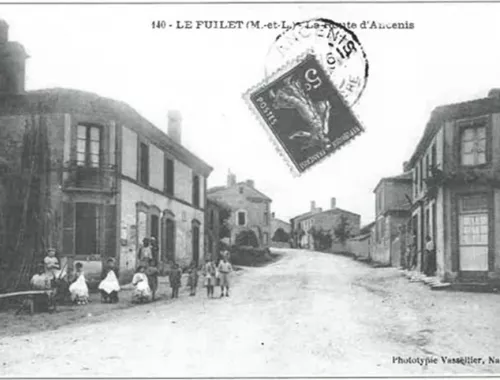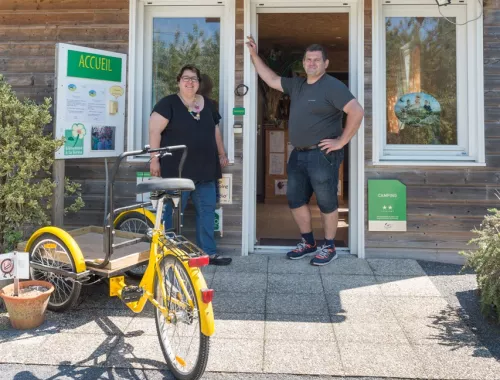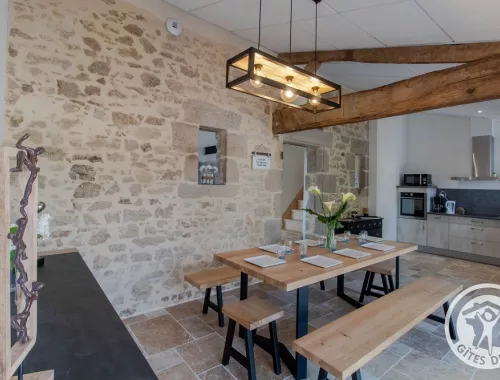Hatting is a traditional craft that dates back several centuries. Hatters specialise in making and selling hats, which are both practical and attractive clothing accessories.
The profession reached its apogee at various times, notably in the 18th and 19th centuries, when hats were commonplace in both men's and women's fashion.
The process of creating a hat begins with the selection of materials. Hatters use a variety of fabrics, such as wool, felt, straw or leather, depending on the style and the season. Hatters need special skills to shape, sew, dye and decorate these materials. Each hat is often made to measure, which means taking into account the customer's dimensions and preferences.
As well as making hats, milliners also act as fashion advisers. He or she helps customers choose styles that enhance their appearance and suit the occasion-whether it's a formal hat, headgear for everyday wear, or a fashion accessory. Hatters must have a good knowledge of trends and historical styles, as tastes in hats change over time.
The hat-making profession has faced challenges over the years, particularly with the arrival of industrial production and changes in fashion. However, the craft of hatmaking has managed to survive thanks to its emphasis on handmade craftsmanship and authenticity. Today, many hat-makers continue to perpetuate this tradition by combining ancient techniques with contemporary designs, making the hat a symbol of style and identity. Modern hatters are often celebrated at fashion events or in specialist boutiques, contributing to the renaissance of this craft.







